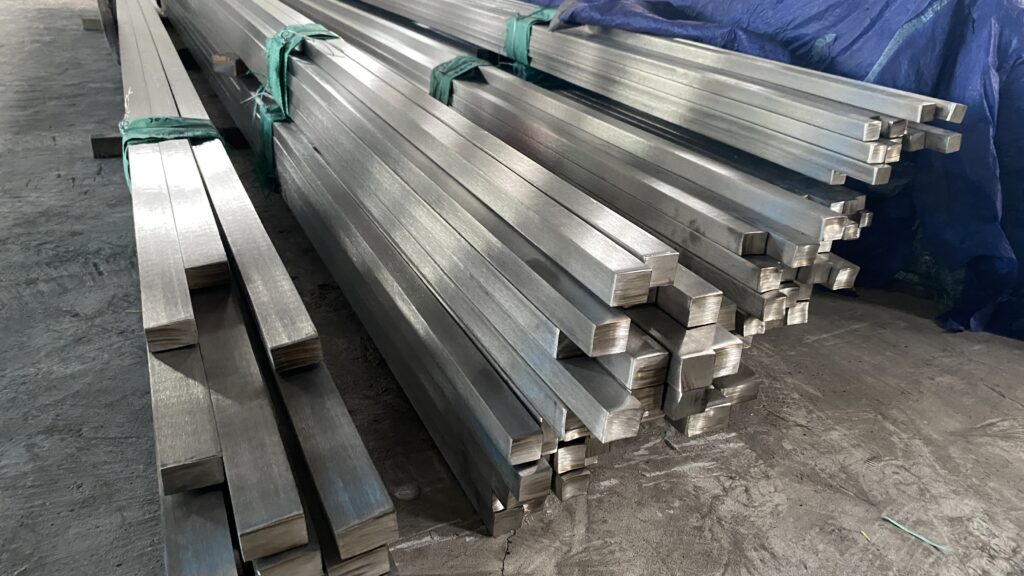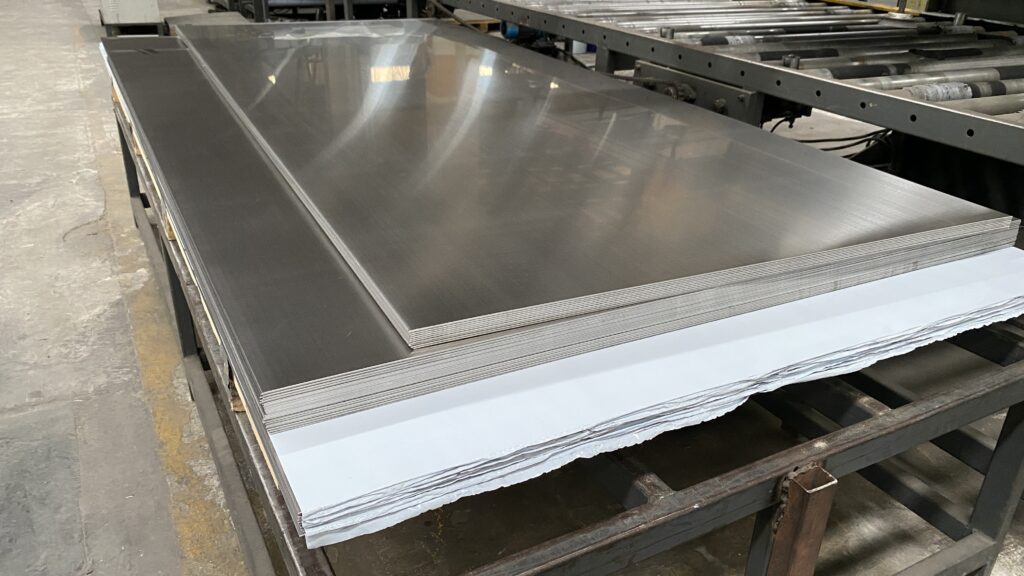Introduction
When it comes to materials used in harsh environments, 316 stainless steel stands out for its impressive properties and durability. Renowned for its corrosion resistance, strength, and versatility, 316 stainless steel is a critical material in various industries, including marine, chemical, and food processing. This blog delves into the essential 316 stainless steel properties that contribute to its durability and examines why it is favored across different applications.

Composition of 316 Stainless Steel
316 stainless steel is an austenitic alloy primarily composed of iron, chromium, nickel, and molybdenum. Each element in this alloy plays a vital role in enhancing its overall performance. The following table outlines the typical chemical composition of 316 stainless steel:
| Element | Percentage (%) |
|---|---|
| Iron (Fe) | 62.0 – 72.0 |
| Chromium (Cr) | 16.0 – 18.0 |
| Nickel (Ni) | 10.0 – 14.0 |
| Molybdenum (Mo) | 2.0 – 3.0 |
| Carbon (C) | ≤ 0.08 |
| Manganese (Mn) | ≤ 2.0 |
| Silicon (Si) | ≤ 1.0 |
This unique composition is the foundation of the 316 stainless steel properties that ensure its effectiveness in challenging environments.
Key Mechanical Properties
The mechanical properties of 316 stainless steel are critical for its performance in various applications. These properties include tensile strength, yield strength, elongation, and hardness. The table below summarizes these key mechanical properties:
| Property | Value |
|---|---|
| Tensile Strength | 580 MPa (84,000 psi) |
| Yield Strength | 290 MPa (42,000 psi) |
| Elongation | 40% (min) |
| Hardness (Rockwell B) | 70 HRB |
These properties indicate that 316 stainless steel is capable of withstanding significant stress and strain, making it an ideal choice for structural applications in various industries.
Corrosion Resistance
One of the most significant attributes of 316 stainless steel properties is its excellent corrosion resistance. The addition of molybdenum enhances its ability to resist pitting and crevice corrosion, especially in chloride environments. The table below illustrates the corrosion resistance of 316 stainless steel in different conditions:
| Environment | Corrosion Resistance Level |
|---|---|
| Marine | Excellent |
| Chemical Processing | Good |
| High Temperature Steam | Moderate |
| Chloride Exposure | Excellent |
Due to its superior corrosion resistance, 316 stainless steel is commonly used in applications involving seawater, acids, and harsh chemicals, ensuring longevity and reliability.
Thermal Properties
Thermal properties also play a vital role in assessing the durability of 316 stainless steel. Its ability to maintain strength and stability at elevated temperatures is one of its notable features. Here are the key thermal properties of 316 stainless steel:
| Property | Value |
|---|---|
| Thermal Conductivity | 16 W/m·K |
| Coefficient of Expansion | 16.0 × 10⁻⁶ /°C |
| Maximum Service Temperature | 870°C (1,600°F) |
These thermal properties ensure that 316 stainless steel can be utilized in high-temperature environments, such as in exhaust systems and heat exchangers.
Applications of 316 Stainless Steel
Given its remarkable properties, 316 stainless steel is employed in numerous industries. Some of the most common applications include:
- Marine Applications: Boat fittings, hardware, and components that require corrosion resistance from saltwater exposure.
- Chemical Processing: Equipment such as tanks, valves, and piping systems for transporting corrosive substances.
- Food and Beverage Industry: Manufacturing equipment and storage tanks where hygiene and resistance to cleaning agents are paramount.
- Pharmaceuticals: Production facilities and equipment that must adhere to strict cleanliness and corrosion resistance standards.
These applications showcase how the 316 stainless steel properties ensure durability and performance in various sectors.
Environmental Impact and Sustainability
As industries increasingly focus on sustainability, the use of 316 stainless steel also aligns with eco-friendly practices. Its durability leads to longer service life and reduced maintenance, which in turn minimizes waste and resource consumption. The recyclability of stainless steel further enhances its sustainability profile. Here’s a brief overview of its environmental benefits:
| Aspect | Benefit |
|---|---|
| Longevity | Reduced need for replacements |
| Recyclability | 100% recyclable |
| Low Maintenance | Less frequent upkeep required |
By choosing 316 stainless steel, industries can contribute to a more sustainable future while benefiting from its exceptional properties.
Conclusion
In conclusion, understanding the 316 stainless steel properties is essential for recognizing its durability and performance in various applications. Its exceptional corrosion resistance, mechanical strength, and thermal stability make it a favored choice across multiple industries. As the demand for reliable materials continues to grow, 316 stainless steel will undoubtedly remain a cornerstone of modern engineering and manufacturing.

FAQ
Q1: What distinguishes 316 stainless steel from 304 stainless steel?
A1: The key difference is the addition of molybdenum in 316 stainless steel, which provides enhanced corrosion resistance, particularly against chlorides.
Q2: Can 316 stainless steel be used in high-temperature applications?
A2: Yes, 316 stainless steel is suitable for high temperatures up to 870°C (1,600°F), making it ideal for various thermal environments.
Q3: Is 316 stainless steel magnetic?
A3: Generally, 316 stainless steel is non-magnetic in its annealed state but can become slightly magnetic when cold-worked.
Q4: How should 316 stainless steel be cleaned and maintained?
A4: Regular cleaning with mild detergents and water is recommended. For tougher stains, a mixture of vinegar or baking soda can be effective.
Q5: In what industries is 316 stainless steel predominantly used?
A5: Commonly used in marine, chemical processing, food and beverage, and pharmaceuticals, 316 stainless steel is valued for its superior properties.
By thoroughly exploring the 316 stainless steel properties, this blog emphasizes the material’s vital role in ensuring durability and reliability in diverse industrial applications. As industries continue to evolve, the significance of 316 stainless steel will only become more pronounced, solidifying its status as an indispensable material in engineering and manufacturing.
